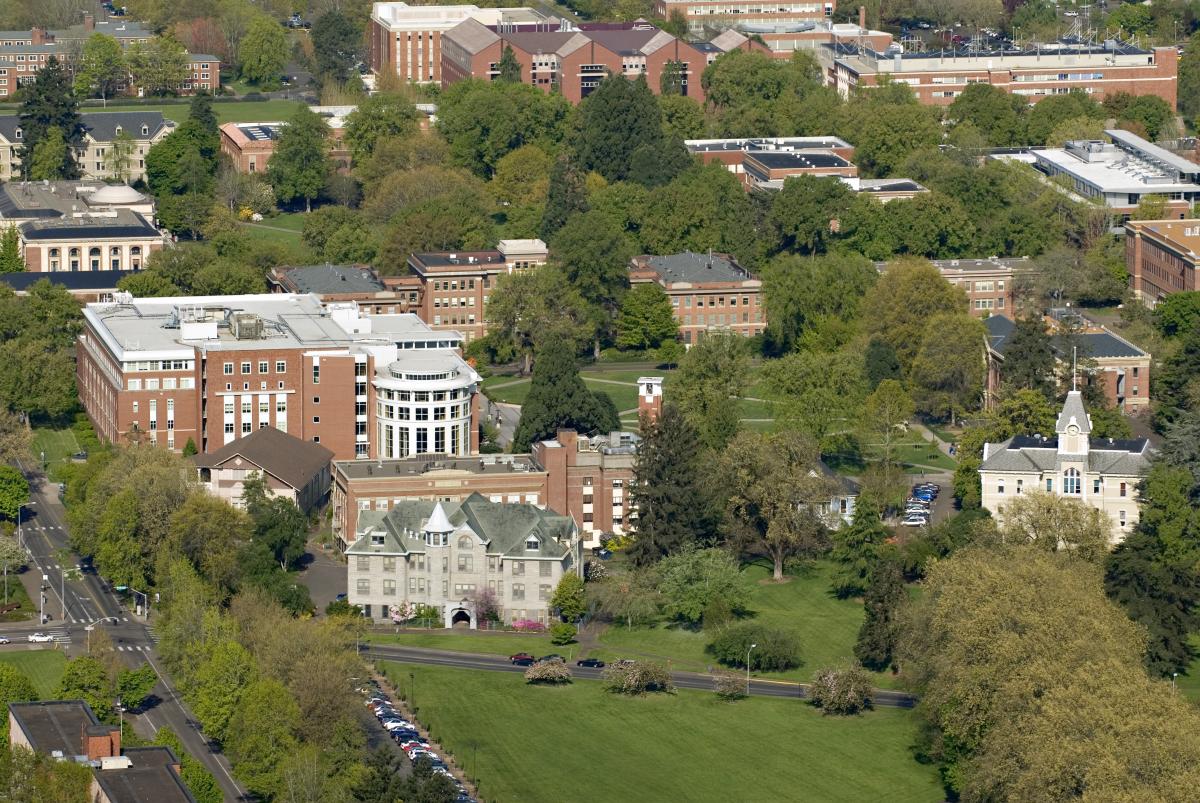The Forest Ecohydrology and Watershed Science Lab is looking for a motivated Post-Doctoral Scholar to join our research group at Oregon State University to begin as soon as available. The individual will collaborate on a large, multi-year research project to quantify the initial and longer-term effects of wildfire on water quality across the western U.S. The Scholar will work collaboratively as part of a trans-disciplinary team of scientists, including forest hydrologists, biogeochemists, geospatial analysts, aquatic ecologists, drinking water treatment engineers, and others from Oregon State University (OSU), Washington State University (WSU), Montana State University (MSU), the US Forest Service (USFS), and others.
We, in the Bladon FEWS Lab, are strongly committed to creating a diverse, equitable, and inclusive environment. As such, we encourage potential candidates with differing backgrounds, perspectives, and talents to apply.
If interested, please see the full advertisement here: View
We encourage application to the Water Resources Graduate Program or the College of Forestry Graduate Program at Oregon State University to work with the Bladon Forest Ecohydrology and Watershed Science Lab.
We seek positive, creative, quantitatively-minded field scientists to work across existing and new forest hydrology and watershed biogeosciences research projects. Candidates must have a degree (B.Sc. or M.Sc.) in Watershed Science, Forestry, Natural Resource Sciences, Environmental Sciences or a related field with a high overall GPA, especially in related courses.
Interested candidates should send an email to Dr. Kevin Bladon (kevin.bladon@oregonstate.edu) with cover letter identifying research interests, CV, transcripts (unofficial accepted), and a writing sample.

Oregon State University has a world-class grouping (>125 scientists) of campus faculty members and courtesy faculty members who teach and conduct research in areas related to water and watersheds. This diverse group of researchers is also known for its trans-disciplinary collaborations, which provide rare and unique educational opportunities. Many researchers also take advantage of premier, in-state experimental watersheds (e.g., HJ Andrews Experimental Forest; Hinkle Creek, Alsea, and Trask) and a complement of federal environmental laboratories.
Oregon State University is located in Corvallis, OR, a friendly, safe, environmentally and socially conscious, and close-knit community of ~55,000 people. Located approximately 90 miles (145 kilometers) south of Portland and an hour from the Cascade Mountains or the Pacific Coast, there’s never a lack of things to do in Corvallis. Thus, students will find an environment at OSU that is very conducive to healthy living and well-being.
“Oregon State people generate knowledge-for-use, leadership and solutions for Oregon and the world — creating healthy people, a healthy planet and a healthy economy.“We, in the Bladon Forest Ecohydrology and Watershed Science (FEWS) Lab, recognize and celebrate the importance of diversity, equity, and inclusion. We value a diverse mix of minds, backgrounds, and experiences to enable creative ideas and discoveries. As a result, we are committed to (a) cultivating a diverse, equitable, and inclusive work and learning environment, (b) enabling equitable access to knowledge, and (c) actively promoting diversity and inclusivity across all levels of our lab group, Department, College, and University. Our goal is to embody a welcoming spirit for all of our activities. The Bladon FEWS Lab does not discriminate on the basis of race, color, religion, national origin, age, sex, gender identity, sexual orientation, citizenship status, parental status, health status or disability, marital status, membership in an employee organization, political affiliation, military service, and/or any other characteristic or category protected by applicable local, state, or federal laws. Read more about diversity, equity, and inclusion at the College of Forestry here.
Let it be acknowledged that Oregon State University in Corvallis, OR is located within the traditional homelands of the Mary's River or Ampinefu Band of Kalapuya. Following the Willamette Valley Treaty of 1855 (Kalapuya etc. Treaty), Kalapuya people were forcibly removed to reservations in Western Oregon. Today, living descendants of these people are a part of the Confederated Tribes of Grand Ronde Community of Oregon and the Confederated Tribes of the Siletz Indians.